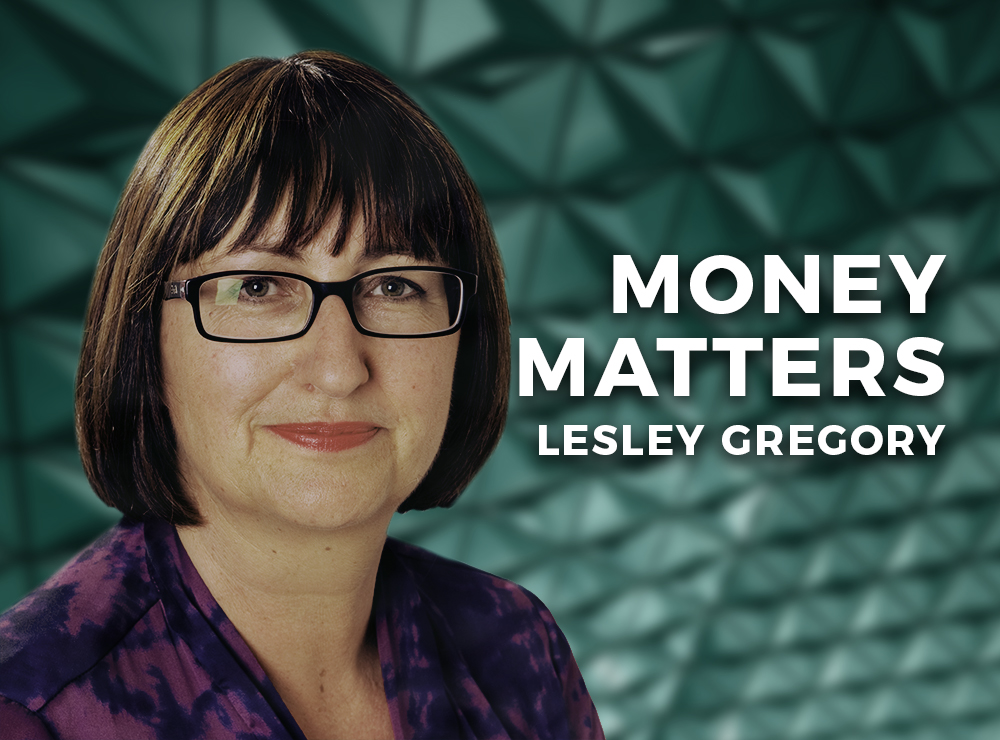
By LESLEY GREGORY
With the gold price hitting record highs, it may be tempting to take part in a new gold rush by turning your old or unwanted jewellery into cash.
A swag of dealers is out there panning for gold: “We buy gold jewellery!”, “Cash for gold!”, “Sell your scrap gold!”, the internet ads shout.
We’ve seen this before. A decade ago, as gold approached a high just under $US2000, gold buyers were even spruiking for business from “pop-up” stalls in shopping malls and hosting Tupperware-style “gold parties”.
The gold price has now topped that record, but before you hand over Aunty Ruby’s gold bracelet or that “bit too bling” birthday gift to be melted down and recycled, there are a few things you should consider.
Know the value of your gold
Weigh the gold jewellery you want to sell. While gold is measured in troy ounces, you’ll do this in grams – and you should ask the buyer to put their offer to you as a price per gram.
Working in grams simplifies things as there’s a difference between the troy ounces in which gold is measured and the avoirdupois ounces you’re used to working with elsewhere (a troy ounce is 31.1 grams, while a standard ounce is 28.4 grams).
Next, consider the purity of the gold in your jewellery. Pure gold is 24 carats, so 18carat gold is 75 per cent pure and 9carat gold is 37.5 per cent pure. (If you have more than one piece, separate your items into piles of the same purity before weighing each pile separately.)
Now you can multiply the weight by the purity to come up with how much gold you actually have. For example, 100 grams of 18carat gold jewellery would melt down to 75 grams of gold.
Last, you need to multiply the amount of pure gold by the prevailing gold price. You can find the price per gram on a site like this. At the time of writing gold was about $US61 per gram or about £47.
Bear in mind that these are “spot” market numbers, and the currency and gold traders will necessarily build in a profit margin for themselves, lowering these numbers. A rule of thumb is that you should expect about 80 per cent of the spot price.
Know who you’re dealing with
Now that you’re armed with a rough estimate of value with which to negotiate, the next step is to find a gold buyer who’s trustworthy and will pay you a fair price.
Consumer group Which recommends you shop around, saying its research has suggested in the past that you may get a better deal if you go to a high street jeweller or even a pawnbroker rather than a specialist cash-for-gold company.
A good practice is to obtain a minimum of three quotes from different buyers. You can use this information not only to ensure you’re not being low-balled but also to play buyers off against each other to get the best result for yourself.
In addition to a price estimate, ask questions like: Do you have a business licence? What sort of scales will you use to weigh my gold? They should be using highly precise gold scales for accurate weighing. If it’s an online company, call and ask to speak to a real person, to ask the same questions.
Make sure you search for consumer reviews of any buyers you consider using. This is an unregulated market and customer complaints are high, with low offers being the most common issue. Read trusted third-party reviews before sending your unwanted metals by post. If you have to leave your gold for evaluation, make sure you get a detailed receipt. Ideally, you’d actually watch the gold being weighed.
If you’re invited to a “gold party”, find out who’ll be doing the buying, check their bona fides, and go armed with your own estimates of what your jewellery is worth. Don’t fall for a sub-par price amid the fun of a party.
The family jewels
Another thing to understand is that gold buyers generally only want the gold in your jewellery, not any stones. So make sure you understand whether they’re paying you for the gems as well. You’d be within your rights to ask for and keep the stones and to ask for two quotes: one for the gems and one for the gold.
It’s possible Aunty Ruby’s bracelet could fetch more on the second-hand market as an intact piece of jewellery.
Ultimately, it could be “priceless” — and you should hang onto it for its sentimental value.
LESLEY GREGORY is an experienced personal finance and consumer journalist. She regular writes for TEBI money and personal finance issues that aren’t directly related to investing.
Also by Lesley Gregory:
How to protect your pension from scammers
Should you take voluntary redundancy?
How much life insurance do you need?
The one asset you need to protect
How to protect your credit score from COVID
The hidden costs of online shopping
WHAT NEXT?
Here are some other recent articles you might like to read:
The danger of trading from home
How hard is it to find the next Amazon?
How to protect your pension from scammers
An investment lesson from the US election
No one consistently picks the winners in advance
Unique insight or common knowledge?
Four financial priorities for young adults
FIND AN ADVISER
Investors are far more likely to achieve their goals if they use a financial adviser. But really good advisers with an evidence-based investment philosophy are sadly in the minority. If you would like us to put you in touch with one in your area, just click here and send us your email address, and we’ll see if we can help.
© The Evidence-Based Investor MMXX









